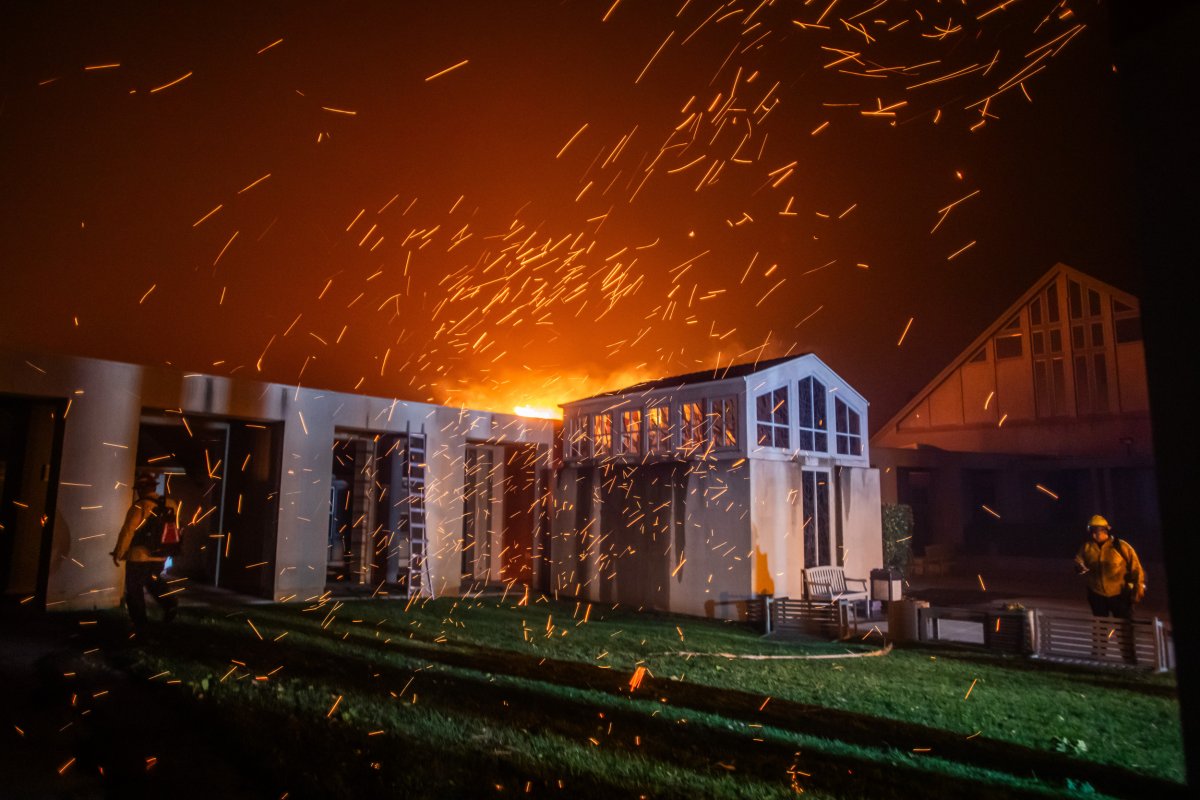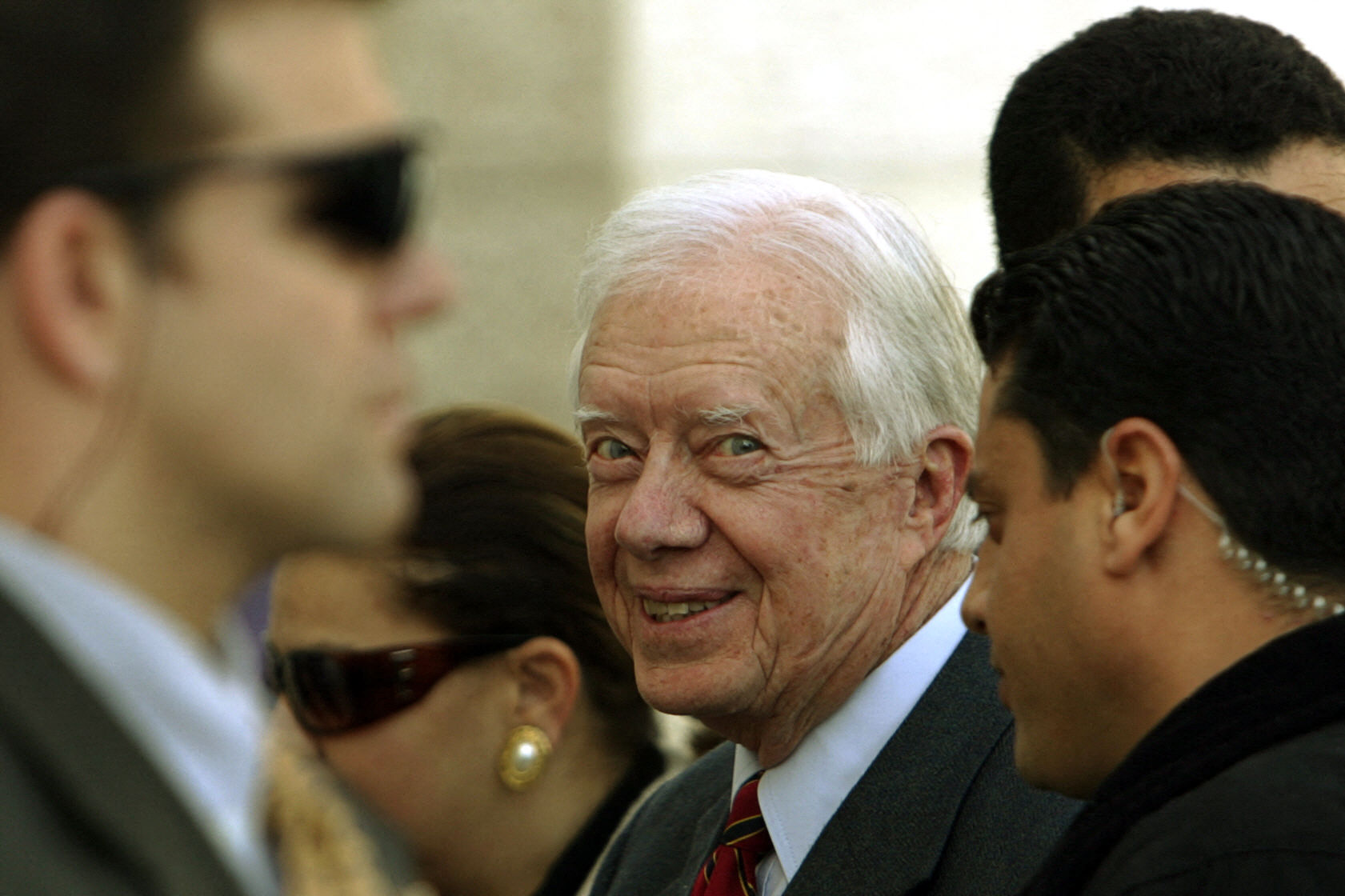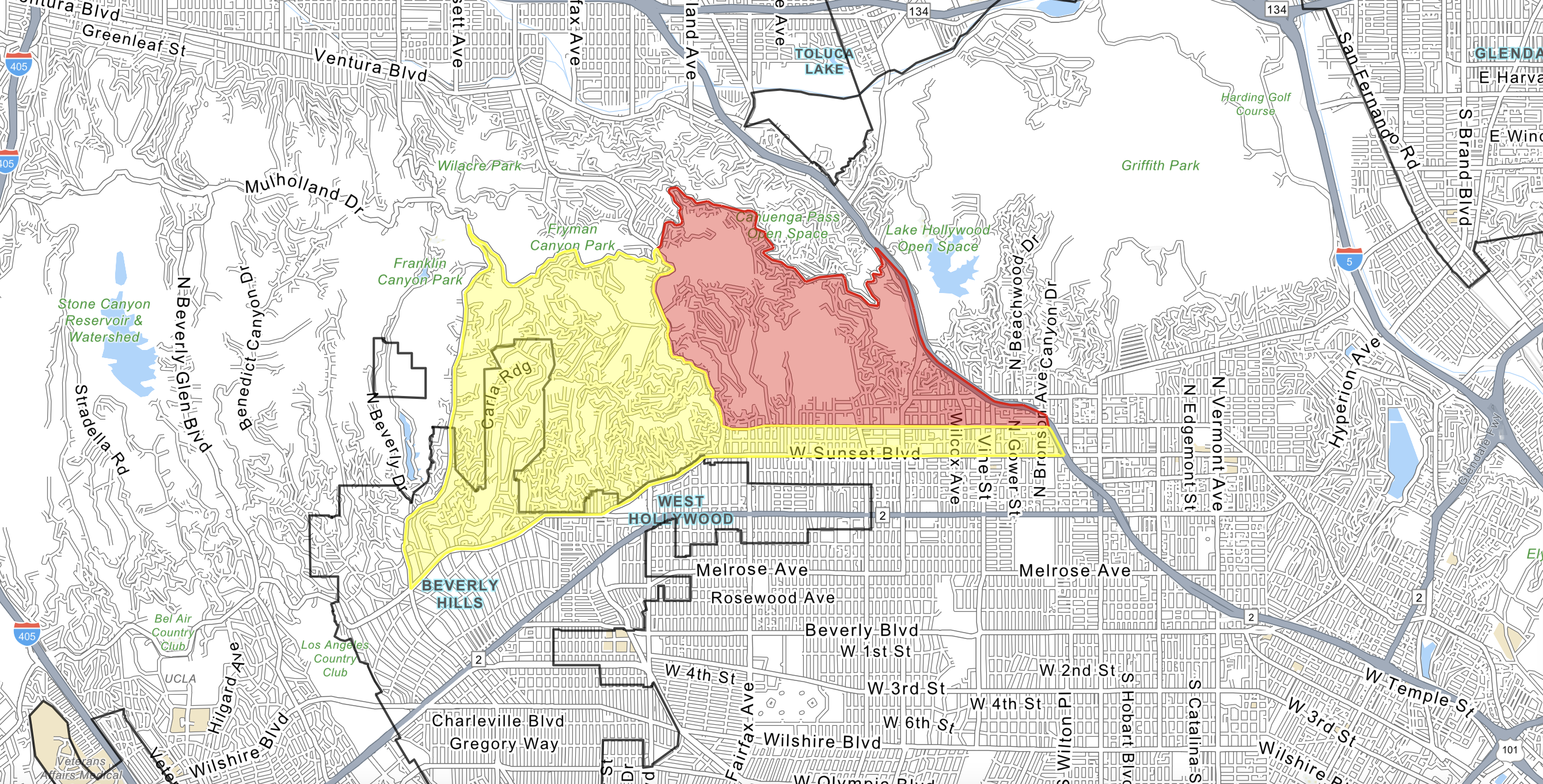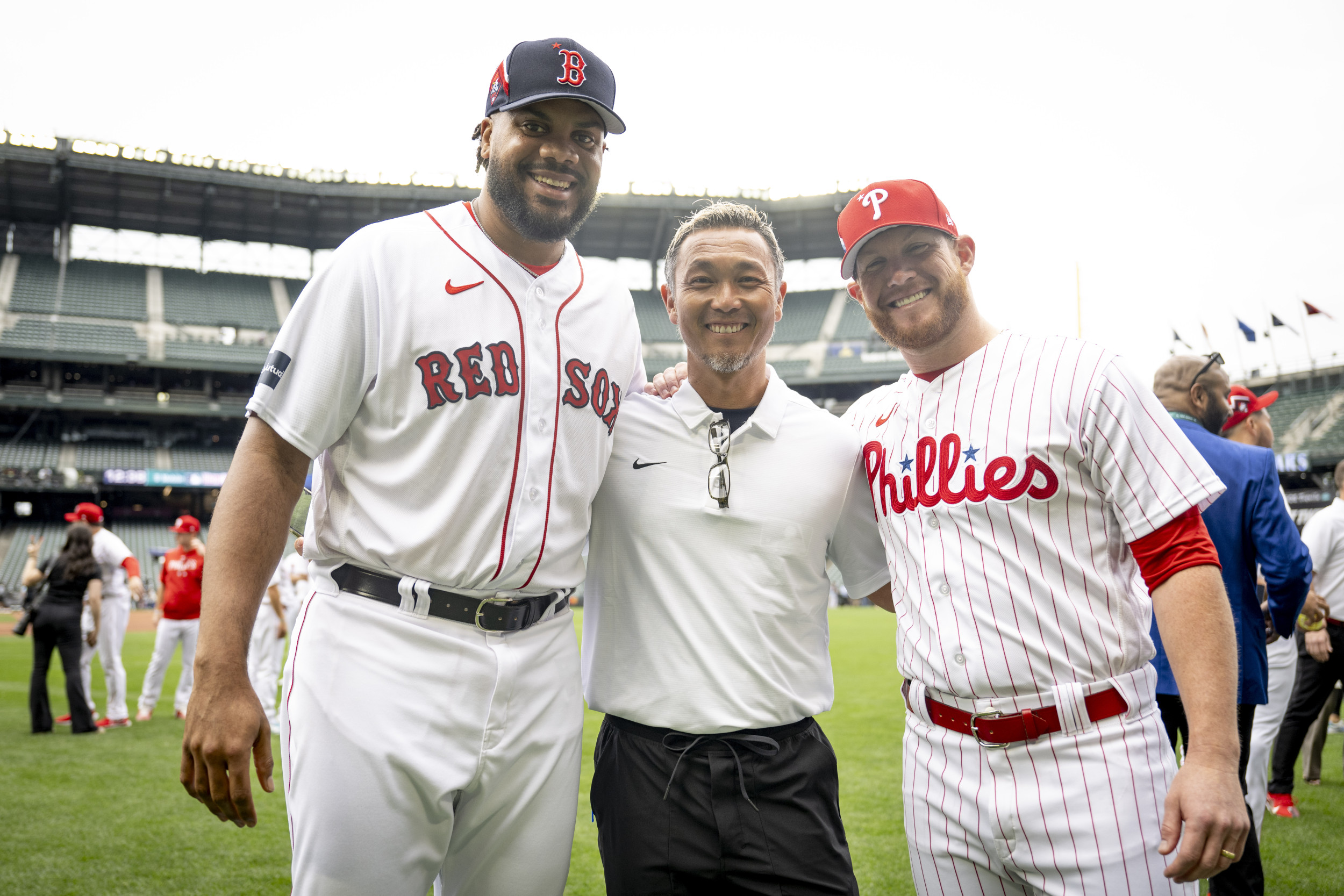Firefighters are battling multiple fast-growing wildfires in Los Angeles that have destroyed buildings and forced thousands of people to flee their homes.
Almost 3,000 acres have burned in the city's Pacific Palisades neighborhood after a fire broke out on Tuesday morning. About 30,000 residents were ordered to evacuate.
Two more blazes broke out later on Tuesday. The Eaton Fire has since burned 1,000 acres in the hills above Altadena, prompting evacuation orders for parts of Altadena and Pasadena. The Hurst First has burned at least 500 acres in the San Fernando Valley and prompted evacuation orders for some parts of the area.
Los Angeles Mayor Karen Bass has declared a state of emergency, and officials have warned that the worst may be yet to come as extreme winds that are challenging efforts to contain the fires are expected to continue for days.

How did Palisades Fire start?
The Palisades started at around 10:30 a.m. local time on Tuesday. The cause of the fire is under investigation, according to CAL Fire.
It has burned at least 2,921 acres of the Pacific Palisades neighborhood between Malibu and Santa Monica as of early Wednesday morning.
How did Hurst Fire start?
The cause of the Hurst Fire is also under investigation.
It began at at around 10:30 p.m. local time on Tuesday night and had burned an estimated 500 acres by 2:20 a.m. on Wednesday.
Where did the blazes first erupt?
The Palisades Fire broke out southeast of Palisades Drive in the Pacific Palisades neighborhood of Los Angeles
The Hurst Fire started near Diamond Road in Sylmar, a suburban neighborhood in the San Fernando Valley and the northernmost neighborhood in Los Angeles.
Why does California have so many wildfires?
California's warmer temperatures and lack of rainfall dries out vegetation to such an extent that it becomes the perfect kindling for fires.
"We're getting hotter, drier air that makes fires easier to start," said Glen MacDonald, a UCLA distinguished professor of geography. "It makes the fuel much drier and the fires spread faster. They're more intense, and they're more difficult to fight."
Experts also say that forests have also become overgrown due to decades of fire suppression, making present-day fires worse.
But when conditions are right for a fire, something still needs to start it. Some wildfires have been started by downed power lines or lightning strikes, but others have been ignited by people.
Is climate change to blame?
Climate change is making California's fires larger and more severe, experts say. Fifteen of the state's 20 most destructive fires on record have occurred in the past 10 years, according to CAL Fire.
California's fires have become more deadly because of warming temperatures, according to Daniel Swain, a climate scientist with the UCLA Institute of the Environment and Sustainability.
"Heat essentially turns the atmosphere into a giant sponge that draws moisture from plants and makes it possible for fires to burn hotter and longer," he said.




















 English (US) ·
English (US) ·